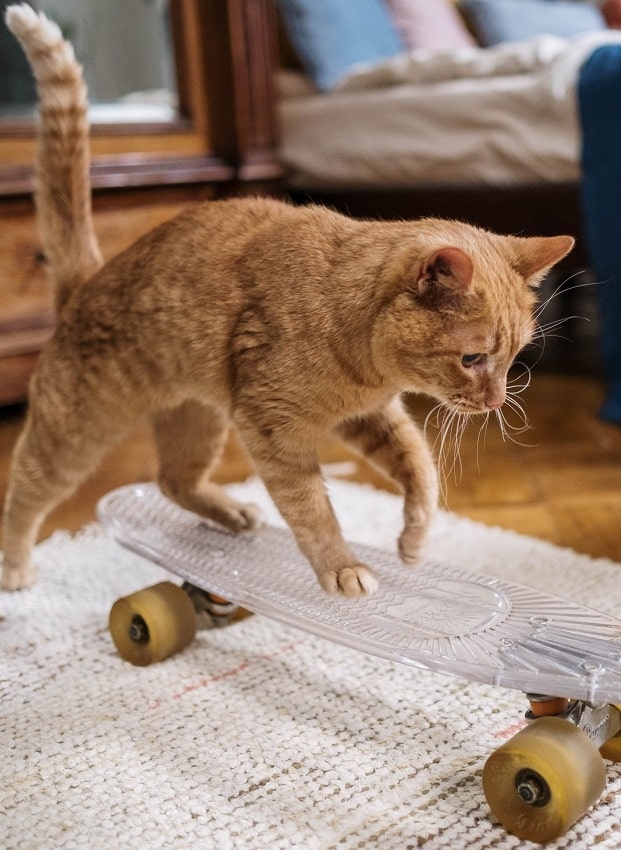
If you are the owner of a true Persian rug, consider yourself fortunate. Not only do you appreciate fine home furnishings, but you can afford a hand-knotted rug whose craftsmen have been honing skills passed down for more than 2500 years. All Persian rugs fall under the umbrella of “Oriental” rugs, but their precise country of origin – Iran – makes them a cultural anchor for all Asian countries which dabble in their manufacture.
Here are three of the biggest mistakes that owners of Persian rugs make, and which make our staff cringe every time we are asked to help:
Ignoring the Need for Professional Cleaning
No, renting a department-store rug cleaning machine for Persian rug cleaning is not the answer! The same goes for buying your own machine during an annual Black Friday or Cyber Monday sale. If you can afford to spend four or five figures on an imported Persian rug, then why not pony up a fraction of that amount by hiring a professional for proper rug cleaning?
An all-too-common and egregious problem that we come across, as a respected professional Persian rug cleaning business with 40 years of experience, is that a home or business owner will assume from time to time that it is okay to clean a fine, hand-woven rug by themselves, or run a vacuum across it for a quick surface cleaning. No and No.
As professional rug cleaners, we promote the benefits of regular vacuuming for surface cleaning as a way to keep rugs presentable, but please do not underestimate the benefits of a high-quality deep cleaning by trained professionals who use only the best equipment on every rug or carpet they touch. This sort of annual cleaning allows the charm and beauty of your Persian rug to remain obvious and extends its lifespan, while surface care eliminates layers of dust and debris which may accumulate with regular foot traffic.
A key to maintaining your rug’s color, design, and surface texture is professional Persian rug cleaning, which keeps the carpeting looking as vibrant as the moment it was woven. The odor-lifting soaks that we use cannot be replicated by any consumer-grade cleaning machine and is important for eliminating common blemishes attributed to pet stains and liquid or food spills.
Placing Rugs Near a Fireplace
Sure, the best Persian rugs are handcrafted in Iran, where it is known to get hot, but that does not mean they can withstand regular heat when exposed to a fireplace. Placing any rug, let alone one which as much an investment as a floor covering, in close proximity to a heat source is not a good idea.
Over the years, we have taken heart-breaking calls from customers who wanted to enjoy the softness of their new Persian rug and the natural glow and warmth of a fireplace, but did not notice embers which shot from the fireplace – until it was too late. Depending on the design of the rug, very small burns or singe marks may not be noticeable, but larger damage most likely cannot be repaired. While your homeowner’s policy may cover replacement if you purchased a specialized rider, can you ever replace a unique, one-of-a-kind Persian rug with something else?
Besides the risk of fire damage, what about soot and smoke which inevitably escapes from a fireplace and will settle on carpeting, furniture, or anything else that is too close? In this case, a quick surface cleaning is not enough to restore your Persian rug to its previous state of beauty, and it may be time to call for professional rug cleaning services.
Improperly Storing Your Rug
Customers call our team frequently to ask how to store their area rugs, and the best answer we can give is “very carefully.” A high-quality and expensive Persian rug is not simply another floor covering, it is an investment that will appreciate in value over time and can be passed down from one generation to the next – if properly preserved and protected.
A Persian rug should never be stored in a basement, closet, garage, or attic, nor should it be placed in any oversized Rubbermaid-style container or, god forbid, a spare Christmas tree bag you bought online. Once the rug has been professionally cleaned, a climate-controlled storage facility is the best place to store your rug long-term if it is not going to be used.
If you decide to store the rug yourself, lay it flat on the ground, then place a cotton sheet or other cotton-based fabric on top of it so that it is completely covered. Next, roll it up gently, then secure it with fabric ties – one in the middle, and one at each end. Now, place it horizontally, preferably somewhere that is dark and room temperature with low humidity.
Can a Damaged Persian Rug Be Repaired?
As we discussed earlier, minor damage to a Persian rug may not be noticeable but, in the case of fire damage from hot embers or soot, other harm is beyond repair. Certain kinds of damage caused by regular wear and tear can be fixed or minimized, as certain professionals specialize in:
Rug Fringe Repair
- Rug Side Repairs (Selvages or Bindings)
- Low Pile Repair
- Repair Holes, Rips & Tears
- Moth Damage Repair
Place Trust in Professionals Specializing In Rug Cleaning
Whether you own an expensive Persian rug or need whole-house rug cleaning, go with a professional team you can trust. Steve’s Carpet Care & Restoration has been in business for more than 40 years and will treat your rug with the care it deserves. Call us today at 303-530-4900 for more carpet care information.
